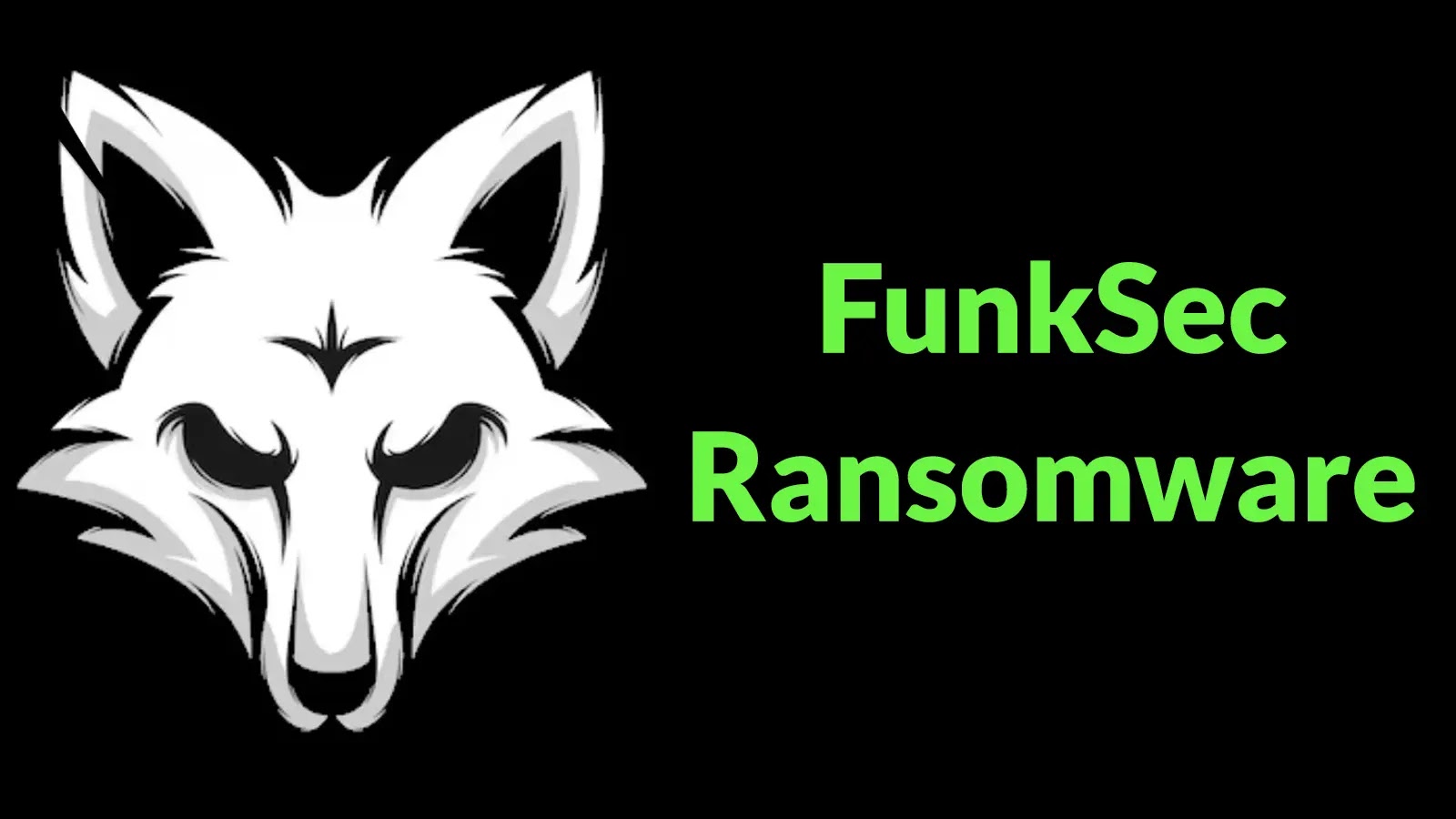
Free Decryptor Released for AI-Assisted FunkSec Ransomware
Victims Rejoice: Free Decryptor Released for AI-Assisted FunkSec Ransomware
The digital battlefield is constantly shifting, with threat actors leveraging cutting-edge technologies to amplify their attacks. Yet, for every new sophisticated threat, dedicated cybersecurity researchers work tirelessly to develop counter-measures. Today, we bring welcome news: a free decryption tool has been successfully developed and released for the AI-assisted FunkSec ransomware, offering a much-needed reprieve to its victims.
This significant breakthrough underscores the relentless pursuit of security and the collaborative spirit within the cybersecurity community. The availability of this decryptor marks the effective demise of a ransomware operation that exploited artificial intelligence for its malicious ends.
Understanding the FunkSec Ransomware Campaign
The FunkSec ransomware represented a concerning evolution in cyber extortion, primarily due to its integration of artificial intelligence capabilities. While the specific AI functionalities employed by FunkSec are not fully detailed in the provided source, the implication is that AI contributed to enhancing its operational efficiency, potentially in areas like victim profiling, evasion techniques, or even payload generation. This development highlights a growing trend where malicious actors are adopting advanced technologies to bolster their attacks.
The campaign spanned from December 2024 to March 2025, during which it managed to compromise 113 victims. The duration and victim count indicate a significant, albeit contained, threat. The rapid response from cybersecurity researchers to develop a decryptor before the campaign could spread further is commendable.
The Decryptor: A Collaborative Victory
Security firm Avast, a prominent player in the cybersecurity landscape, is credited with developing and publicly releasing the free decryption tool. This act of making the decryptor widely accessible is a crucial step in mitigating the damage caused by FunkSec. Such public releases empower victims who might otherwise be forced to pay exorbitant ransoms, effectively undermining the economic incentives for ransomware operations.
The declaration of the FunkSec campaign as “defunct” by researchers signifies that the current threat posed by this particular strain has been neutralized, largely due to the widespread availability of the decryptor. It also implies that the command-and-control infrastructure associated with FunkSec has likely been dismantled or rendered ineffective.
Remediation Actions and Future Prevention
While the immediate threat from FunkSec is over, the incident serves as a critical reminder of the ongoing need for robust cybersecurity practices. As AI adoption by threat actors increases, organizations and individuals must strengthen their defenses proactively. There is no specific CVE associated with the FunkSec ransomware itself as it’s a campaign, not a vulnerability in a specific product. However, the principles of protection remain consistent.
- Apply Regular Software Updates: Ensure all operating systems, applications, and security software are consistently updated to patch known vulnerabilities.
- Robust Backup Strategy: Implement and regularly test a comprehensive backup and recovery plan. Critical data should be backed up offline or on immutable storage to prevent encryption by ransomware.
- Employee Training and Awareness: Educate employees about phishing attempts, suspicious links, and social engineering tactics, which are common initial infection vectors for ransomware.
- Network Segmentation: Isolate critical systems and sensitive data from the broader network to limit the lateral movement of ransomware in case of a breach.
- Implement Multi-Factor Authentication (MFA): Enforce MFA for all accounts, especially for accessing critical systems and applications, to prevent unauthorized access even if credentials are compromised.
- Endpoint Detection and Response (EDR): Utilize EDR solutions to monitor endpoints for suspicious activity and prevent malicious processes from executing.
- Incident Response Plan: Develop and regularly review an incident response plan to ensure a swift and effective reaction to ransomware attacks or other security incidents.
- Leverage Threat Intelligence: Stay informed about emerging threats and ransomware attack vectors to adjust defense strategies accordingly.
Tools for Ransomware Defense and Analysis
Effective ransomware defense relies on a combination of preventative measures and responsive tools. While the following list is not exhaustive, it provides examples of valuable resources for detecting, protecting against, and recovering from ransomware attacks.
| Tool Name | Purpose | Link |
|---|---|---|
| Avast Free Ransomware Decryptors | Collection of decryptors for various ransomware strains, including FunkSec. | https://www.avast.com/ransomware-decryption-tools |
| Veeam Backup & Replication | Data backup and recovery solution with ransomware protection features. | https://www.veeam.com/ |
| CrowdStrike Falcon Insight EDR | Endpoint Detection and Response for proactive threat hunting and incident response. | https://www.crowdstrike.com/ |
| Wireshark | Network protocol analyzer for identifying suspicious network traffic. | https://www.wireshark.org/ |
| Nmap | Network scanner for identifying open ports and services, aiding in network security assessments. | https://nmap.org/ |
Key Takeaways
The release of a free decryptor for the AI-assisted FunkSec ransomware is a significant win for cybersecurity. It not only provides relief to 113 victims but also sends a clear message to threat actors: the security community remains vigilant and committed to dismantling their operations. This incident highlights the evolving nature of ransomware, particularly with the integration of AI, and reinforces the critical importance of a layered defense strategy, regular updates, robust backups, and continuous employee education.
While FunkSec may be defunct, the threat of ransomware persists. Organizations and individuals must continually adapt their security posture to stay ahead of sophisticated cyber threats.





